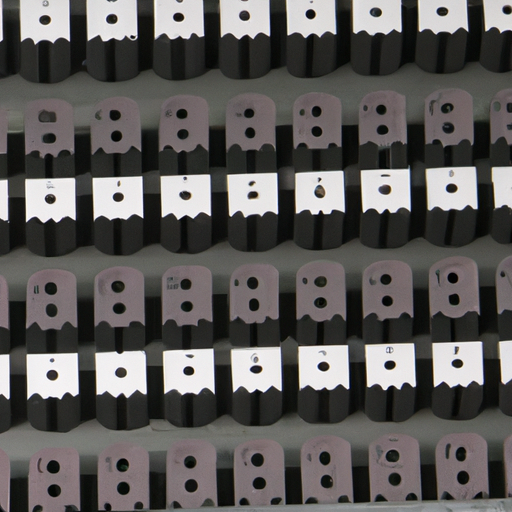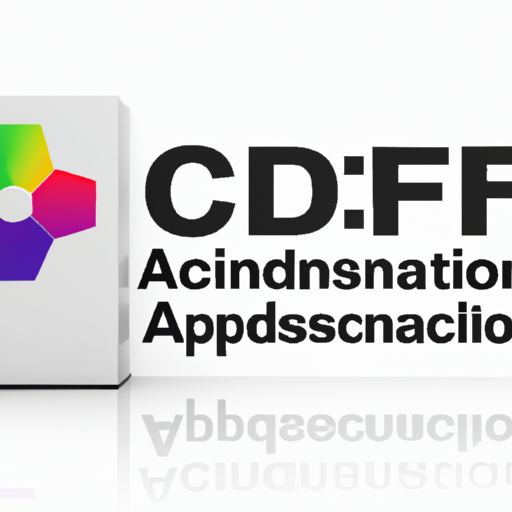Core Functional Technologies of Pre-Biased Bipolar Transistor Arrays1. Pre-Biased Configuration2. Integrated Circuit Design3. Thermal Stability4. High-Speed Switching5. Low Noise Operation1. Consumer Electronics2. Automotive Applications3. Industrial Automation4. Telecommunications5. LED Drivers6. Robotics Application Development Cases ConclusionBipolar transistor arrays, especially pre-biased types like the CFR-25JB-52-10K, are essential components in contemporary electronics. They simplify circuit design, enhance performance, and reduce the number of required components. Their versatility allows for applications across various industries, including consumer electronics, automotive, industrial automation, telecommunications, and robotics. As technology advances, the demand for efficient, compact, and reliable components like bipolar transistor arrays is expected to grow, driving further innovation and development in this field.

CFR-25JB-52-1K8 Bipolar Transistor Arrays: Core Functional Technologies and Application Development CasesBipolar transistor arrays, such as the CFR-25JB-52-1K8, are integral components in modern electronic systems. They consist of multiple bipolar transistors housed in a single package, offering advantages in size, efficiency, and functionality. Below, we explore the core functional technologies and application development cases that highlight the effectiveness of bipolar transistor arrays.
Core Functional Technologies1. Integration of Multiple Transistors2. High-Speed Switching3. Current Amplification4. Thermal Stability5. Low Noise Operation1. Audio Amplification2. Signal Processing3. Switching Regulators4. Motor Control5. LED Drivers6. Telecommunication Systems Application Development Cases ConclusionBipolar transistor arrays like the CFR-25JB-52-1K8 are essential components in a wide array of electronic applications, from audio amplification to motor control and telecommunications. Their integration of multiple transistors, high-speed switching capabilities, and current amplification features make them versatile and effective in various designs. As technology advances, the potential applications for bipolar transistor arrays will continue to grow, solidifying their role in the future of electronics.

Application Development in Aviation: Focus on CFR-25 ComplianceThe development of applications in aviation, particularly in the context of compliance with regulations such as CFR-25, is critical for ensuring the safety and reliability of aircraft systems. While the reference to "CFR-25JB-52-10R" may not correspond to a specific regulation, the broader context of CFR-25, which governs airworthiness standards for transport category airplanes, is essential for understanding the regulatory landscape in which aviation applications are developed.
Key Technologies in Aviation Application Development1. Avionics Systems2. Data Analytics and Predictive Maintenance3. Cloud Computing4. Cybersecurity5. Simulation and Modeling6. Human Factors Engineering1. Boeing 787 Dreamliner2. Airbus A3503. Delta Airlines' Predictive Maintenance Program4. Honeywell's Connected Aircraft Solutions5. NASA's Air Traffic Management Innovations Success Stories in Aviation Application Development ConclusionThe development of applications in aviation, particularly in compliance with regulations like CFR-25, involves leveraging cutting-edge technologies to enhance safety, efficiency, and operational effectiveness. Success stories from major manufacturers and airlines illustrate the transformative potential of these technologies in the aviation landscape. As the industry continues to evolve, ongoing innovation and adherence to regulatory standards will be crucial for future advancements, ensuring that aviation remains one of the safest modes of transportation.